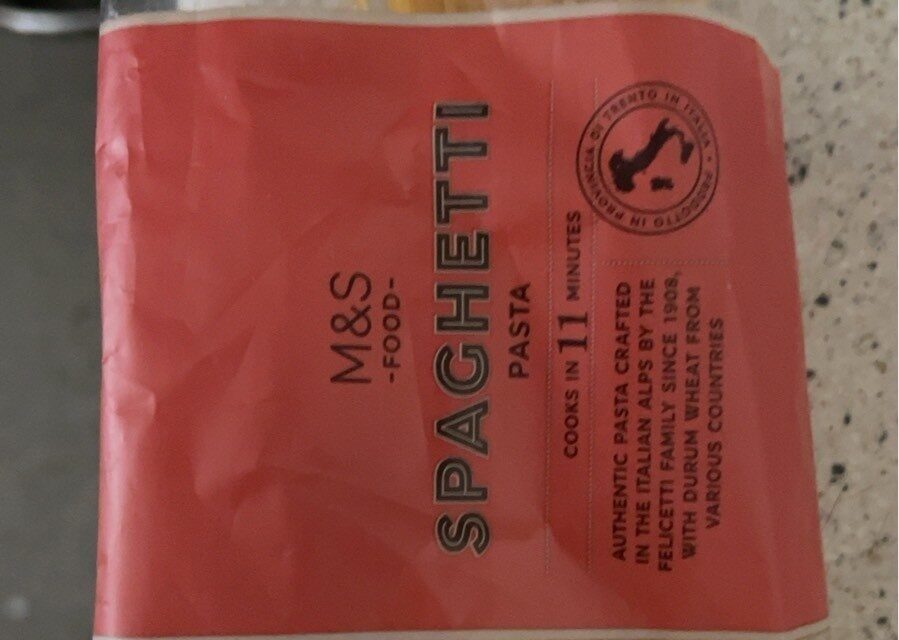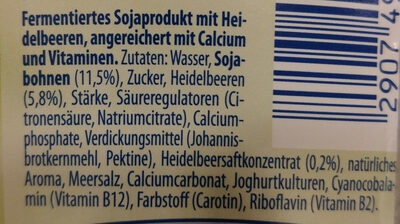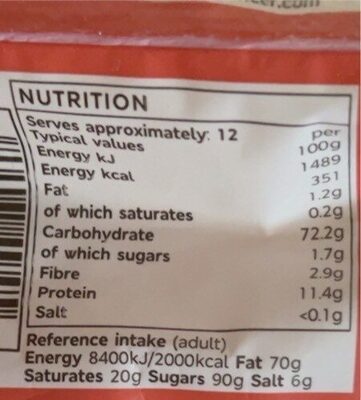Spaghetti pasta - milsa+ - 500 g
Ambiguous barcode: This product has a Restricted Circulation Number barcode for products within a company. This means that different producers and stores can use the same barcode for different products.
×
This product page is not complete. You can help to complete it by editing it and adding more data from the photos we have, or by taking more photos using the app for Android or iPhone/iPad. Thank you!
×
Barcode: 29074945
Quantity: 500 g
Packaging: de:Kunstoffbecher, de:Pappbandarole
Brands: milsa+
Labels, certifications, awards:
Vegetarian, Vegan, European Vegetarian Union, European Vegetarian Union Vegan

Stores: Aldi
Countries where sold: Germany
Matching with your preferences
Environment
Packaging
Transportation
Report a problem
Data sources
Product added on by olasto
Last edit of product page on by arc2.
Product page also edited by andaci, itsjustruby, kiliweb, moon-rabbit, openfoodfacts-contributors, roboto-app, yuka.F5F6LM6XM5M5OvPSgaQk8B2dKMrLW9pCEl8Sog, yuka.sY2b0xO6T85zoF3NwEKvlmVXTOX38grCEw3UpGaE2_bVdLPrbYtM86v1Gao, yuka.sY2b0xO6T85zoF3NwEKvlmhWXNjYpmrECUPfxRKM6ebXCZjwZu0uwdLEIqg, yuka.sY2b0xO6T85zoF3NwEKvlmxZTIfToQjVFzXgyWyblvmzFpyzO4xLsrOhEao.








